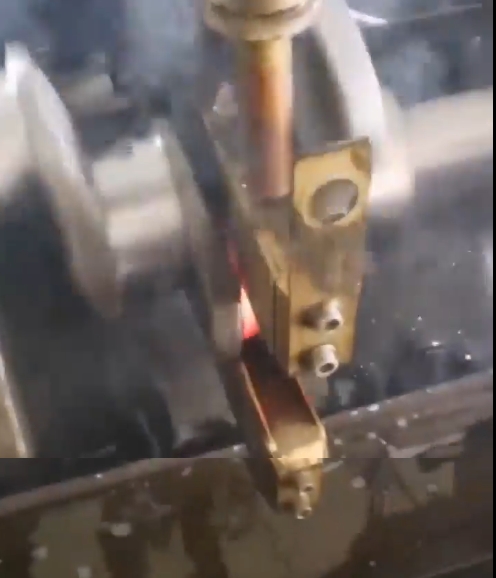- 13
- Nov
How to solve the crankshaft intermediate frequency quenching deformation?
How to solve the crankshaft intermediate frequency quenching deformation?
There are many factors that affect the deformation of the crankshaft after quenching.
1: Material problem: the high temperature tempering of the forged steel blank after forging is not controlled by the heat treatment;
2: Material problem: The alloy content of domestic materials is too poor. We have made comparisons. Using Indian or Brazilian blanks, using the same quenching process, the deformation is significantly smaller than that of domestic blanks.
3: Early cold processing adopts a reasonable processing sequence to reduce processing stress, avoid early stress concentration, stress release during quenching, and increase deformation. Everyone has rarely noticed this, and we can’t just look for the cause of our rega. The problems left over by the machine often kill us.
4: Use appropriate induction heat treatment specifications, select appropriate self-tempering temperature (spray quenching) for immersion liquid quenching, and reduce the water inlet temperature.
5: For saddle-shaped quenching inductors, reduce the pressure of the inductor riding on the journal.
6: When the connecting rod neck is quenched, the turning inside and outside turning is used to change the power, so that the connecting rod neck quenching layer is uniform.
7: Adopt a suitable quenching processing sequence, which is very helpful for changing the quenching deformation of the crankshaft. This is what I can think of now. I hope you can add more. Deformation is a troublesome problem of crankshaft quenching. Some people say that it can be straightened, but it is sometimes impossible. Many shafts clearly state that straightening is not allowed, even if it is hot. The school doesn’t allow it, it’s not that I don’t want to school.
https://songdaokeji.cn/category/blog/quenching-equipment-related-information

